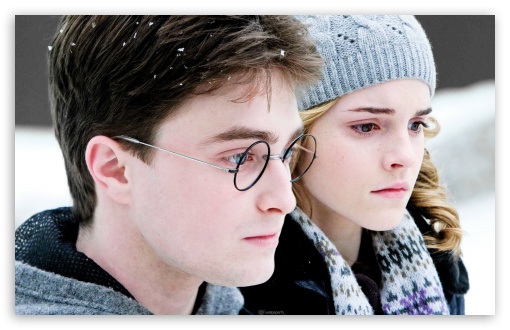Sakam uolls. Well, seperti biasa ada 2 subjects yang we all belajar setiap sem dan kali ni kami belajar:
a) Teaching English Through Literature (Mr.Ravindran)
&
b) Phonetics and Phonology (Dr.Anne)
Oleh kerana degree MI satu ketika dahulu ialah bidang yang sangat jauh berbeza daripada Applied Linguistic ni, memang tak dinafikan rasa sungguh janggal dengan bidang bahasa ni. Terasa sangat susah dengan phonetics symbol, articulary phonetics dan segala bagai itu. Tapi one part yang terasa best ialah bab kebisingan dan huru hara iteww. Yelah, we all banyak belajar correct pronunciation dan macam mana sesuatu perkataan / bAHASA English ini terhasil dari mulut kita, we all banyak kena utter and sound the word. Hmmm..masa practice benda alah ni dalam kelas baru terasa banyak yang kita dah salah pronounce sejak sekolah rendah lagi taww..huhu camana nak jadi pendidik kalo camnih..skang sikit sebanyak dah tahu..another new knowledge to learn.
Okay, kat sini MI copy sedikit note semasa 1st kelas hari tue, rajin membaca maka quiz nanti leh jawab dengan senang hati yeww..
1. What is phonetics?
a) the
study of speech sounds / the physical description of the actual sounds that we
make.
Example:
Look
at the words
TUCK STUCK CUT DUCK
-The
first three words containing the letter ‘t’ and you might say that they sound
the same.
-
and the last word (DUCK) begins with a letter ‘d’ which you might say is
different from the letter ‘t’.
-
But when we look at the physical property of the sound
‘t’ in TUCK, STUCK and CUT, there is a slight difference.
a)
‘TUCK’ – the letter ‘t’ is accompanied by an audible out rush of air (a little
huh sound) and this is known as aspiration.
b)
‘STUCK’ – there is no out rush of air (you can test by putting your hand in
front of your mouth when saying those words) and can sound almost like DUCK if
we omit the ‘s’.
c)
‘CUT’ – the ‘t’ is different, it may not involve any opening of the mouth,
maybe accompanied or replace by a stoppage of air in the throat – glottal stop.
-
And when we look
at the ‘t’ and ‘d’ sounds, they are produced in:
a
SIMILAR MANNER
a)
we raise the front part of the tongue to the bony ridge (alveolar ridge) behind
the upper teeth to form a blockage to the passage of air out of the mouth.
But DIFFERENTLY in the vocal cords
(Adam’s apple)
b)
in which the vocal cords will vibrate when we say ‘d’ (voiced) and do not
vibrate when we say ‘t’.
b)
A phonetician usually works in one or more of the following areas:
-
Physiological phonetics (the anatomical, neurological and physiological bases
of speech)
-
Articulatory phonetics (the actions and movements of the speech organs in
producing sounds)
-
Acoustics phonetics (the nature and acoustics of the sound waves which transmit speech)
-
Auditory phonetics (how speech is received by the ears)
-
Perceptual phonetics (how speech is perceived by the brain)
-
Forensic phonetics (applications of knowledge on phonetics in legal cases ex: speaker
identification and the analysis of recorded utterance)
Hari ni actually 2nd meeting and Dr.Anne forgot to bring her speaker, so sempatla MI jumpa vid ni yang tersangatla bestnya awek British ni menggunakan accent dari sana. British menggunakan Bahasa Inggeris standard yang diiktiraf seluruh dunia, memang untungla mereka yang belajar or kerja kat sana..huhu (nak jugak nak jugak!) Ada beberapa lagi video yang best, tapi tengok yang ni satu memang awesome, dahla chomel dak nih.
p/s: nak repeat balik tengok Harry Potter 1-6 (British accent)
*****
teringat balik betapa comel sungguh Daniel Radcliff masa filem 1st-3rd tuh..dah naik umur remaja semakin berubah, tapi tetap hensem & Emma Watson kekal jelita..

layannn
No comments:
Post a Comment
Thank You Friends!